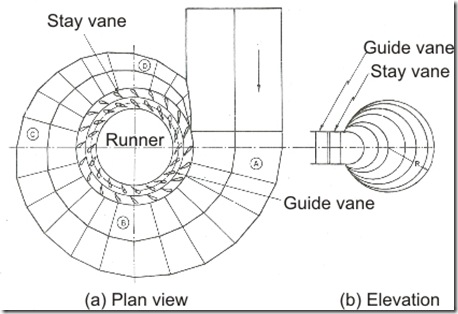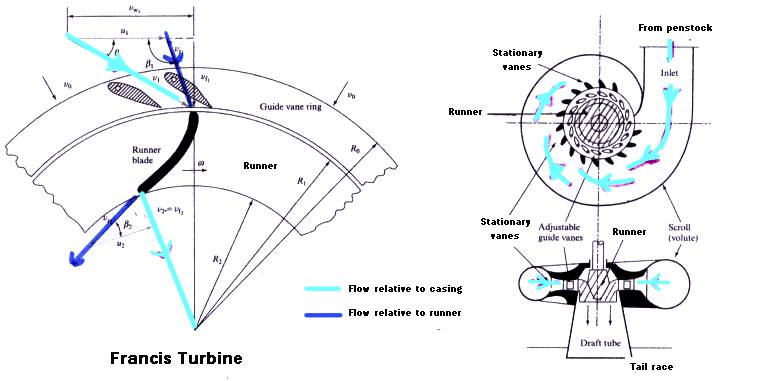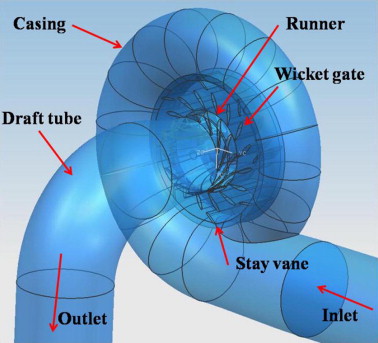Difference between Kaplan and Francis Turbine

Kaplan and Francis are two types of turbines which were developed by two different engineers. Both serve almost the same purpose only names along with slight operating ways and their time of arrival is different. Kaplan turbine was developed by the Austrian professor Viktor Kaplan in 1913. On the other hand Francis turbine was evolved by Englishman James B. Francis in 1849. Francis turbine was James B. Francis’ initiative when he saw miserable condition in textile industry machines. Both of these turbines produce power rather efficiently. The other, Kaplan turbine was also evolved to obtain the optimal efficiency in bitter energy days. Both turbines have adjustable blades to operate in low head conditions as well.
Instructions
-
1
Kaplan Turbine
Kaplan turbine was developed by Australian professor Viktor Kaplan in 1913. Many also called this turbine propeller turbine. As it runs and resembles the propeller of a ship, it gained popularity with the name propeller turbine. This turbine has adjustable blades and wicket gates. To obtain maximum along with optimal efficiency, this turbine works very smoothly and provide maximum outcome with a complete precise procedure. This turbine provides different pressure through its head which is very essential part of getting power from water. This allows the turbine to operate at optimal efficiency. Basically water gives Kaplan turbine a good pressure as it automatically starts producing energy. It can gain up-to 95% efficiency. In Kaplan turbine, the blades are driven by the pressure of water while it also controls the guide vanes. It depends on the water power as to how efficient it generates the power up-to 5-120 MW. These turbines now are being used in different parts of the world. As it operates under low head conditions, many industries now are converting their old energy resources to Kaplan turbines.
- Image Courtesy: rpec.co.uk

-
2
Francis turbine
Francis turbine was developed in 1849 by James B. Francis. This turbine was developed to give stability to textile factory machines. This turbine is considered very energy efficient and its design is extremely scientific which equally provides best power outcome up-to 750 MW. Its speed range is also very good which also helps turbine to run faster. The faster speeds allow the turbine to function at optimum levels with the maximum water pressure to produce efficiently. It has vertical shaft assembly which basically operates under water and gives maximum outcome. This design is highly efficient and also reduces the amount of wear and tear on the shaft assembly.
- Image Courtesy: sciencedirect.com


